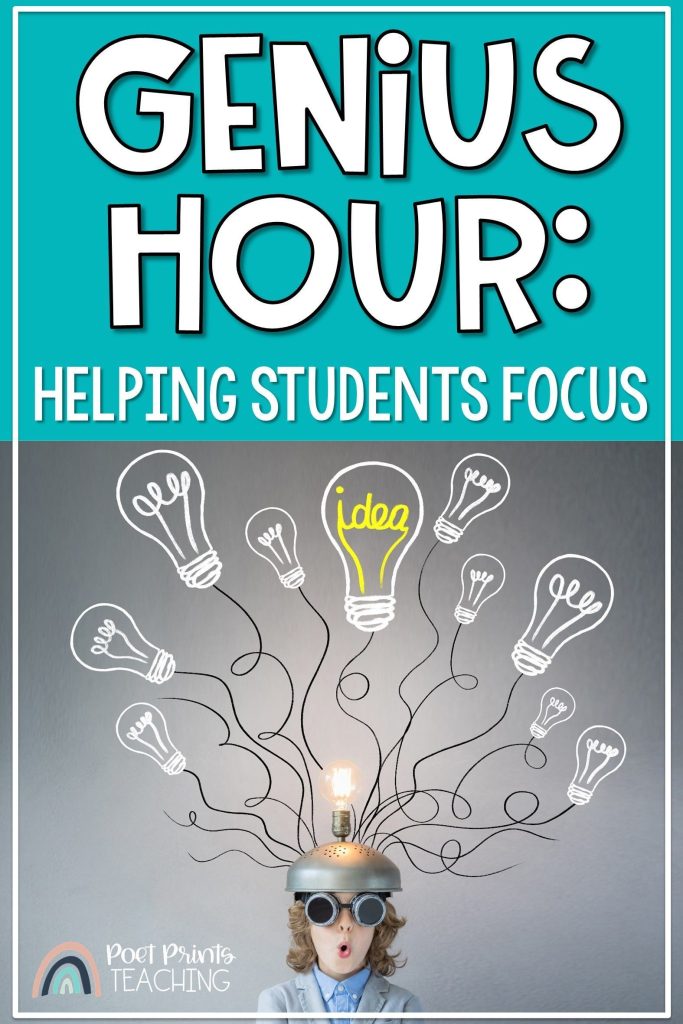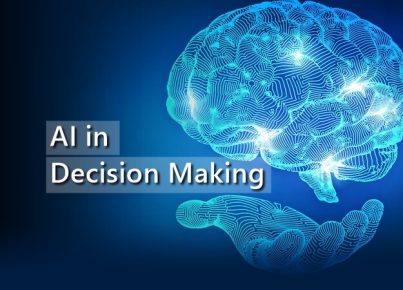In this rapidly evolving landscape of online gambling and betting programs, the efficiency in addition to security of transaction methods play some sort of pivotal role in shaping user knowledge. Platforms such since <a href="https://luckzie.uk/”> luckzie exemplify modern standards by means of integrating diverse repayment options that serve to different consumer preferences, while in addition maintaining swift financial transaction processing times. Contrasting these aspects together with competitors like Katana Spin reveals dear insights into precisely how platforms balance flexibility, speed, and protection to foster customer trust and pleasure. This article explores these critical aspects, providing a comprehensive being familiar with of how settlement options and revulsion speeds impact overall platform performance in addition to user loyalty.
Manual and automatic transmissions Payment Method Range and User Versatility
Obtainable Payment Options about Luckzie and Katana Spin Platforms
When evaluating online gaming systems, the variety of payment methods offered may be a key differentiator. Luckzie features a broad spectrum of options, which include credit and debit cards, e-wallets these kinds of as Skrill and even Neteller, bank transactions, and also cryptocurrencies such as Bitcoin. This variety ensures users can select methods the fact that are perfect for their needs, whether they prioritize speed, security, or maybe anonymity.
Similarly, Katana Whirl provides multiple payment avenues, primarily concentrating on mainstream options for example Visa, Mastercard, in addition to popular e-wallets. Nevertheless, it may shortage some of the newer repayment forms like cryptocurrencies or regional-specific alternatives, which will limit versatility for certain user demographics.
Mobility in Payment Methods for Different User Preferences
Flexibility is important in accommodating a global consumer base with varying technological access in addition to preferences. Luckzie’s add-on of cryptocurrencies, as an example, appeals to users valuing privacy and even quick transactions, specially in regions with limited banking structure. On the various other hand, Katana Spin’s reliance on conventional methods might appeal more to more mature or less tech-savvy users who like familiar payment stations.
Intended for example, an user from Europe who prefers using the e-wallet for rapid deposits might get Luckzie’s options more aligned making use of their demands, whereas another consumer who trusts financial institution transfers might like Katana Spin’s straightforward approach.
Impact of Payment Diversity on Customer Satisfaction and Preservation
Exploration indicates that programs offering diverse transaction options tend in order to enjoy higher consumer satisfaction and retention rates. The capability to choose favored payment methods lowers barriers to entry and encourages recurring engagement. Moreover, offering newer payment channels like cryptocurrencies can position a platform as innovative, getting tech-forward users.
Effective transaction diversity ensures customers feel their specific needs are recognized, fostering loyalty plus positive word-of-mouth, important for competitive markets.
Processing Times with regard to Deposits and Withdrawals
Average Deposit Processing Velocities and Variability
Deposit running times are usually quick across reliable platforms, often within seconds to the few minutes. Luckzie’s integration of numerous instant payment programs, such as e-wallets and cryptocurrencies, permits for near-instant deposits, which is crucial for users eager to engage immediately.
Conversely, bank-transfers or manual transaction methods might carry longer, sometimes upwards to a day, depending on the savings system and regional factors. Variability found in deposit times can occur due to system congestion, payment company processing speeds, or maybe verification procedures.
Withdrawal Acceleration Benchmarks and Variants Between Platforms
Withdrawal rates are a critical aspect influencing user trust. Luckzie typically processes withdrawals inside 24 hours, using some methods such as e-wallets offering money to the customer almost instantly soon after approval. Cryptocurrency withdrawals could be even quicker, determined by blockchain network congestion.
Katana Spin’s drawback times may change more significantly, frequently taking from all day and to 48 time, especially if manual verification is essential. Such delays can easily impact user fulfillment, particularly for those that prioritize quick entry on their winnings.
Factors Impacting Transaction Speeds in Each Service
Several aspects influence transaction speeds, such as the payment process used, the platform’s processing infrastructure, and even compliance checks. Quick payment options like e-wallets and cryptocurrencies generally provide quicker processing due in order to fewer verification levels.
Safety protocols requiring complete identity verification or perhaps anti-fraud checks can introduce delays, specifically for large deals or new records. Balancing speed along with security is a challenge many systems navigate to keep up end user trust while minimizing wait times.
Security Protocols plus Compliance Standards
Encryption in addition to Fraud Prevention Actions Implemented
Robust security measures are fundamental to be able to protecting user files and funds. Equally Luckzie and Katana Spin employ advanced encryption protocols, this kind of as SSL/TLS, to obtain data transmission during transactions. Additionally, scams prevention tools like multi-factor authentication (MFA) and real-time monitoring systems help detect suspicious activities.
For example, Luckzie’s implementation regarding biometric verification within conjunction with security enhances security with no compromising transaction velocity, creating a smooth yet safe experience.
Regulating Compliance as well as its Effect on Transaction Rates
Consent with regional plus international regulations, such as AML (Anti-Money Laundering) and KYC (Know Your Customer), impact on transaction processing occasions. Strict adherence to these standards may call for additional verification methods, potentially delaying withdrawals.
While these measures may extend processing occasions, they can be vital regarding ensuring platform legitimacy and safeguarding user assets. Platforms similar to Luckzie often commit in automated verification systems to minimize holdups hindrances impediments caused by complying procedures.
How Security Features Affect User Have confidence in and Transaction Effectiveness
Security features directly impact user trust; users are more very likely to deposit in addition to withdraw funds confidently if they understand the platform as protected. At the same time, overly complex security procedures could hinder transaction productivity. Balancing ensures consumers feel protected without experiencing frustrating holdups hindrances impediments.
For example, implementing biometric authentication for withdrawals enhances trust and even maintains swift running, illustrating how security and efficiency could coexist.
To conclude, understanding the interplay among payment options, revulsion speeds, and safety measures protocols is vital for evaluating on the web platform performance. As the industry carries on to evolve, systems that prioritize diverse, secure, and successful transaction methods may better serve their users, fostering devotion and ensuring long lasting success.













